Pages from the field... A Blog
|
My family and I just returned from 6 weeks of field work in Namibia, in southwestern Africa. The goal of the research was to study a small recently discovered sengi, also known as an elephant shrew... Earlier this year, my collaborators and I published a description of a new mammal species - a new sengi from the red-stone desert of Namibia. The species is the smallest member of the order Macroscelidea, or the elephant-shrews. Since they are neither elephants nor shrews, we prefer to call them "sengis." The new species was dubbed the Etendeka round-eared sengi, or Macroscelides micus. The common name refers to the Etendeka basalt region of northern Namibia where the sengi is found, and the specific name, micus, refers to its small size. This new sengi is small - weighing between 25 and 31 g (about 1 ounce) with a body of 85-95 cm long (about 3.5 inches long ). It's fur is redder than its relatives, probably to match the color of the red rocks where they live. Although they look a little like a mouse, their teeth and jaws are totally different from rodents. More like shrews, they eat mostly insects and arthropods. And they have a long moveable nose - probably suited to smelling and for lightly moving around soil and sand. Their habits are very poorly known. Limited data from relatives suggest that they probably have large home ranges, are mostly night-active, and probably monogamous. And this new species lives in some of the most barren landscapes I have ever seen, we were especially curious just how they can make a living here. And so we went to Namibia primarily to study their behavior in the wild. Based upon some work that Galen Rathbun did last year, we focused our field efforts on an area in the southern portion of the new species' range, just south of the Messum River and east of the large Brandberg Massif. This image shows the typical habitat, with ankle-high cobblestones strewn about rolling hills with sand settling in the lower plains and slopes. There are few low shrubs (mostly Welwitschia, Commiphora and Boschia), some grasses, and succulents. But in sum, there is very little plant life here. We made camp in rooftop tents because hyenas, leopards, and lions potentially roam the area. And there were definitely scorpions, spiders, and horned adders. And our cast of characters is here: Left to right are Seth Eiseb, Galen Rathbun, and me (Jack Dumbacher). Seth has worked with us on multiple projects, and was a curator at the National Museum of Namibia, but he is now a lecturer at the University of Namibia in Windhoek. Galen Rathbun is a research associate at the California Academy of Sciences, and a retired US Fish and Wildlife and US Geological Survey biologist. He is also the world expert on sengis, and has a great website on sengi biology. Also, not shown, is Tim Osborn, who is also a Field Associate of The Academy, and a long-time collaborator of Galen's and mine. To capture the sengis, we used small aluminum Sherman traps, about 9" x 3" x 3" placed on the ground about 10 meters apart. Sherman traps are little metal boxes with a door that shuts when a mammal goes inside. Rolled oats and peanut butter baited the sengis into the traps. We put out over 200 traps every night for over two weeks. After a few days, we captured one of the Etendeka round-eared sengis. We affixed a small radio collar around its neck (you can't see the collar, but you can see the small black antennae wire sticking up from the collar) and a reflective ear tag on its left ear. We also took weights and basic measurements. The animal was released near its trap site. During the field season, radios and ear tags were put on seven sengis. Using a small "H" shaped antennae and radio receiver, we were able to locate the direction of each sengi, and walk toward it until we found it. (Photo by Galen Rathbun) During the day, sengis sheltered under boulders or in holes under cobblestones. They were never active during the day. At night, the actively foraged, jumping from rock to rock, and looking for prey in crevices and under plants. The reflective ear tags helped us find them in the dark with just a headlamp and the radio receiver. When it was time to go, we caught all of the sengis by hand, and removed the ear tags and radio collars, and released them back into their shelters.
We are currently working up the data on home ranges, activity patterns, shelter characteristics, and hope to publish a short paper. Here are some other photos taken from the field site...
0 Comments
Your comment will be posted after it is approved.
Leave a Reply. |
Pages from the field
Jack Dumbacher's Blog. I am an evolutionary biologist and ecologist studying birds and mammals. I live for field work, but the genetics lab can be fun too... And living in the Bay Area is always full of surprises. Archives
November 2017
Categories |
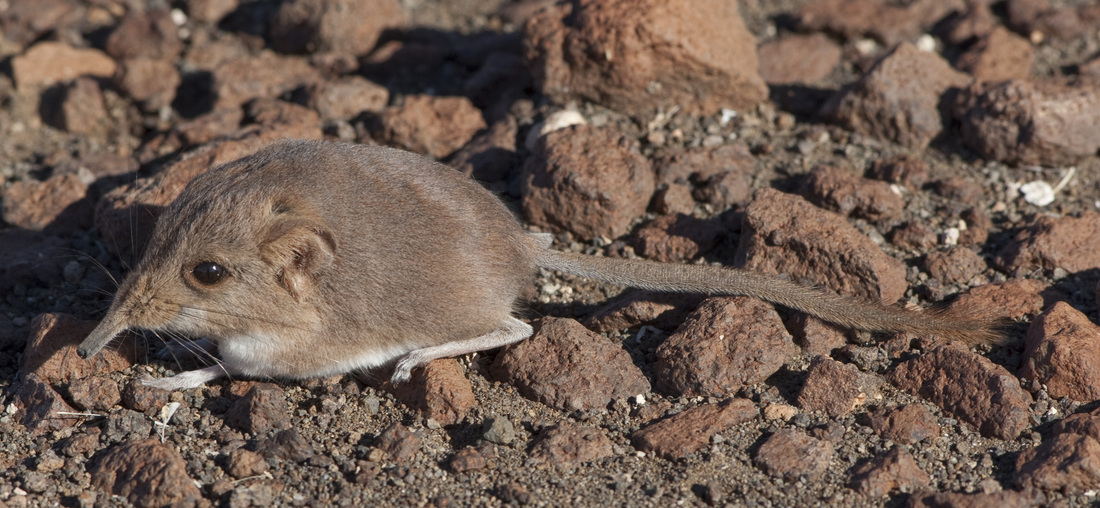

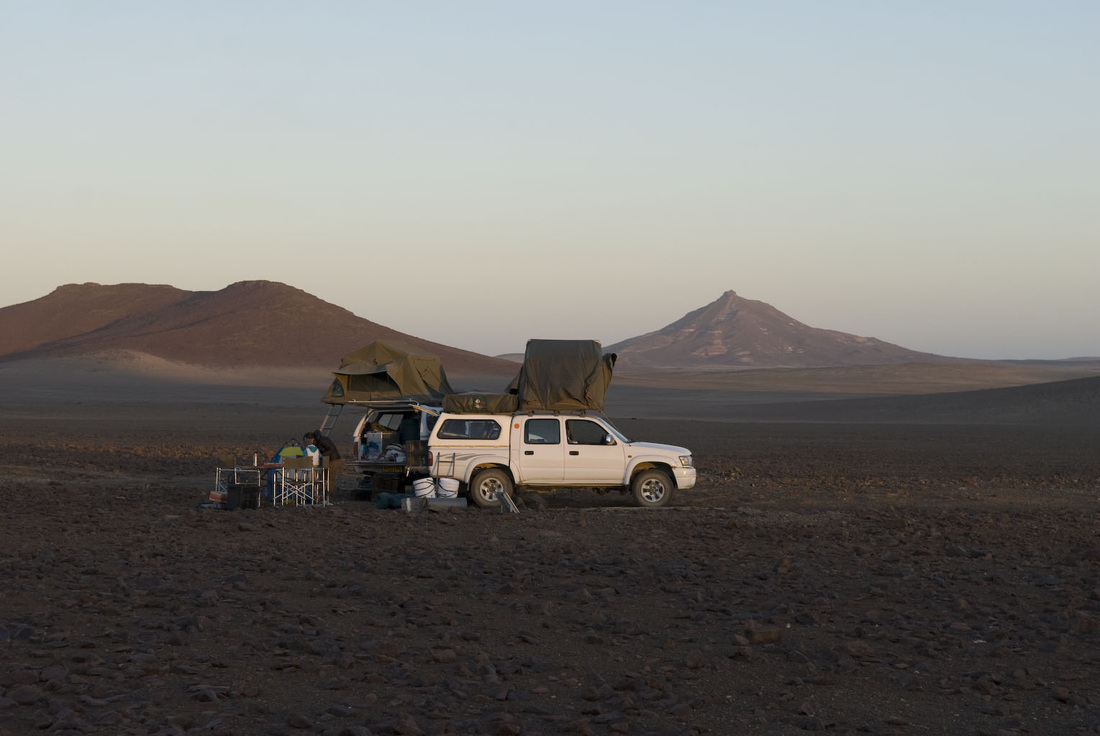




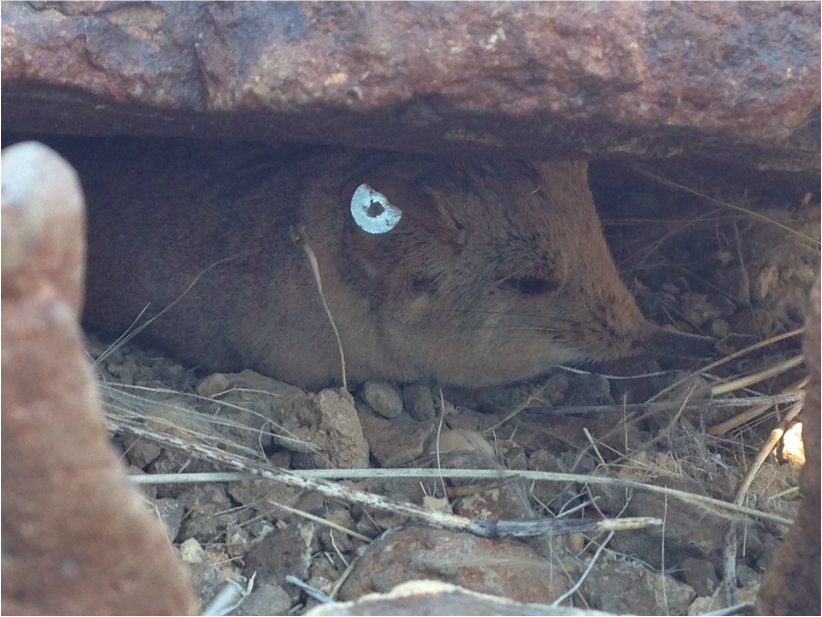








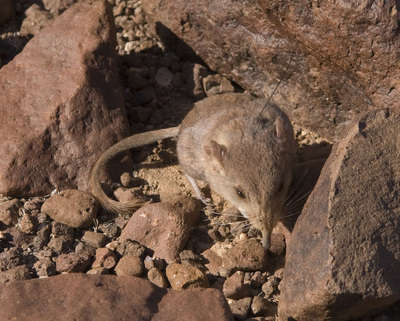


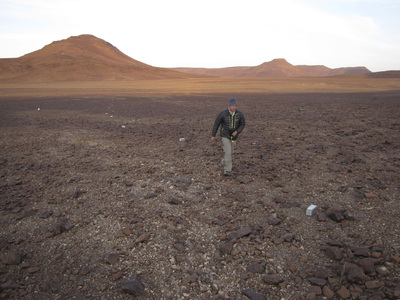
 RSS Feed
RSS Feed